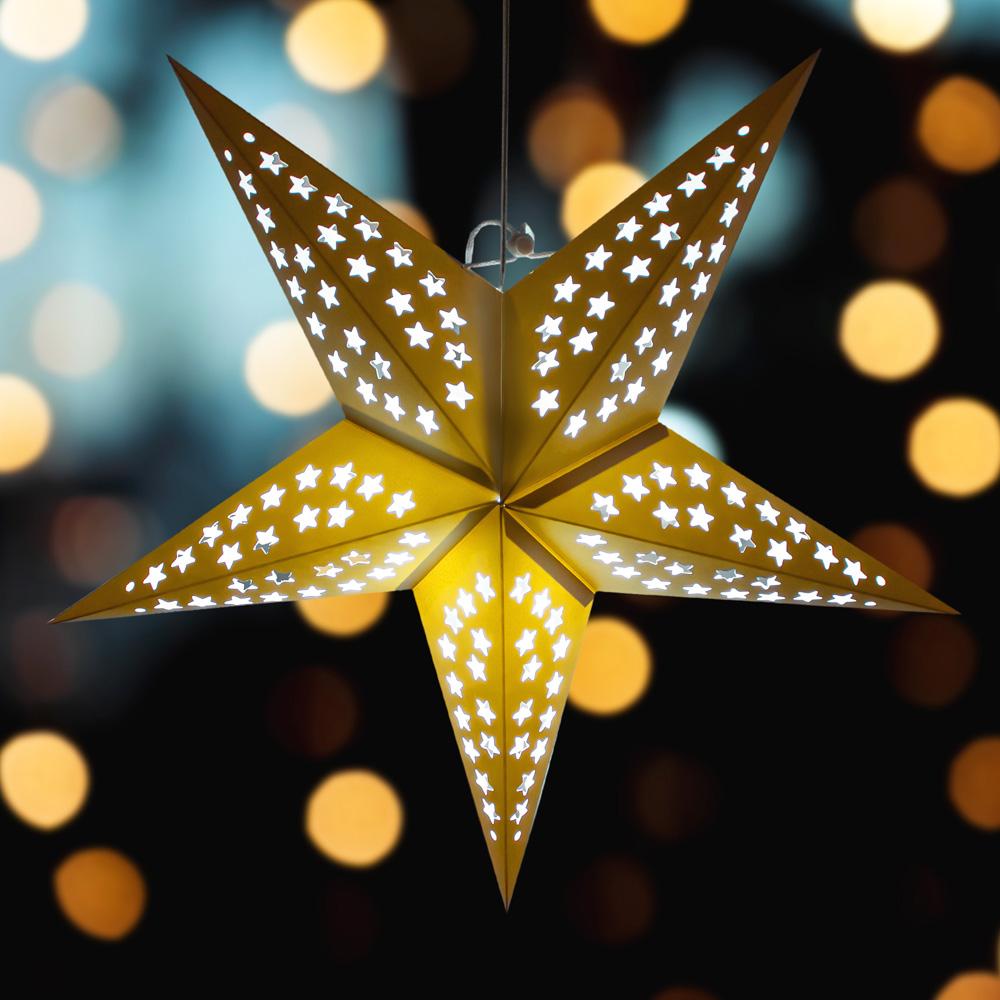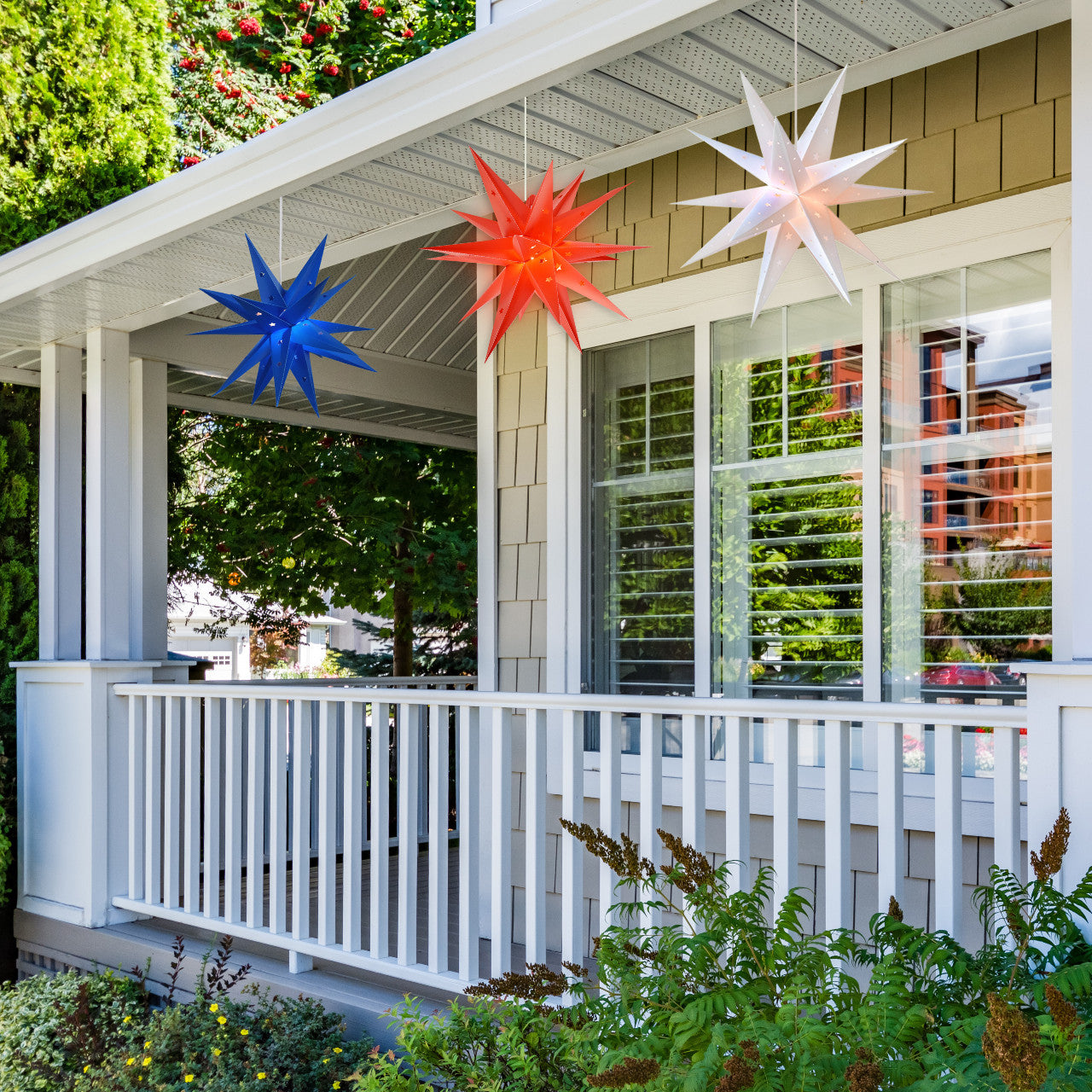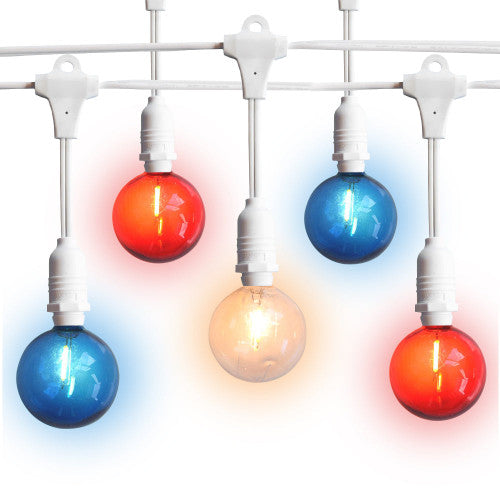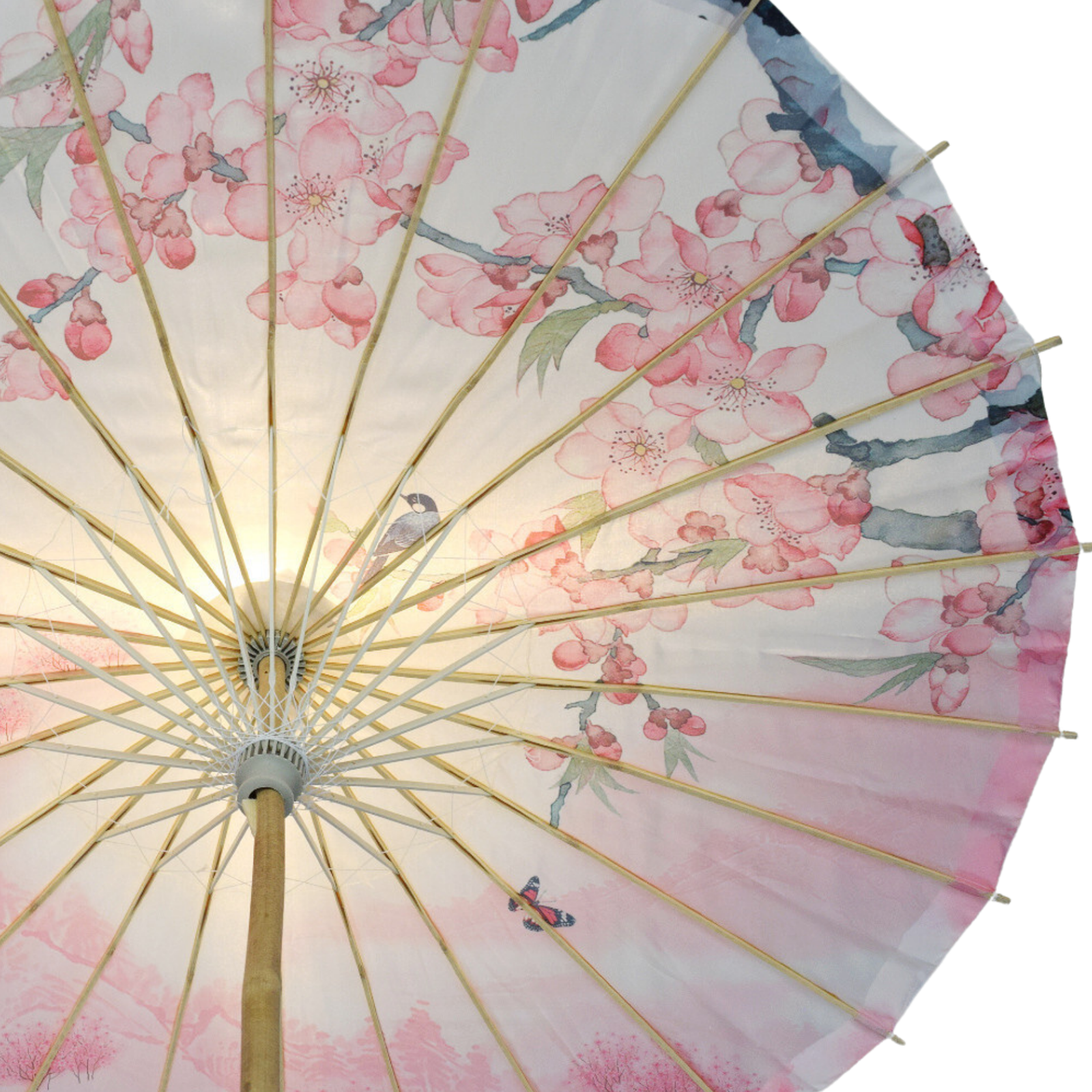Color temperatures are simply a scale to provide a comparison of the type of light available. Measured in degrees Kelvin, they are typically abbreviated with the letter K. At the low or warm end of the scale, the color temperature of a sunrise, sunset or candlelight typically stands at about 1900K, which is considered extremely warm. At the high or cool end of the scale, about 6000K, are those intense vehicle headlights that have a bluish tinge.
Residential and commercial lights typically offer something in between. Traditional incandescent light bulbs generally give off a warm light of 2700K to 3500K.
You will find LED lights in a range of color temperatures to suit your taste, decor and the intended use of just about any space. For instance, people who like the traditional lighting look of incandescent lights may want to look for warm LED lights in the 2700K to 3000K range. Besides suiting particular tastes, warm LED lights also make sense for soft design schemes with muted colors and for areas intended for relaxation. For instance, patios might be an excellent spot for warm LEDs at home, while restaurants might make sense for a good commercial use of warm LEDs. Warm lights are a smart choice for any place where you want to encourage socializing and a kicked-back atmosphere.
Cooler LEDs are appropriate for more intense use. For example, cooler LEDs in the 3000K to 3200K range are often used in retail stores, where they provide customers good visibility while still maintaining a relaxing feel. Even cooler LED lights might be appropriate for work areas, reading areas or more modern, stark decors that need crisp, brighter lighting. At the highest end of the temperature scale, LED lights are often used by hospitals and industries that need intense concentration.













